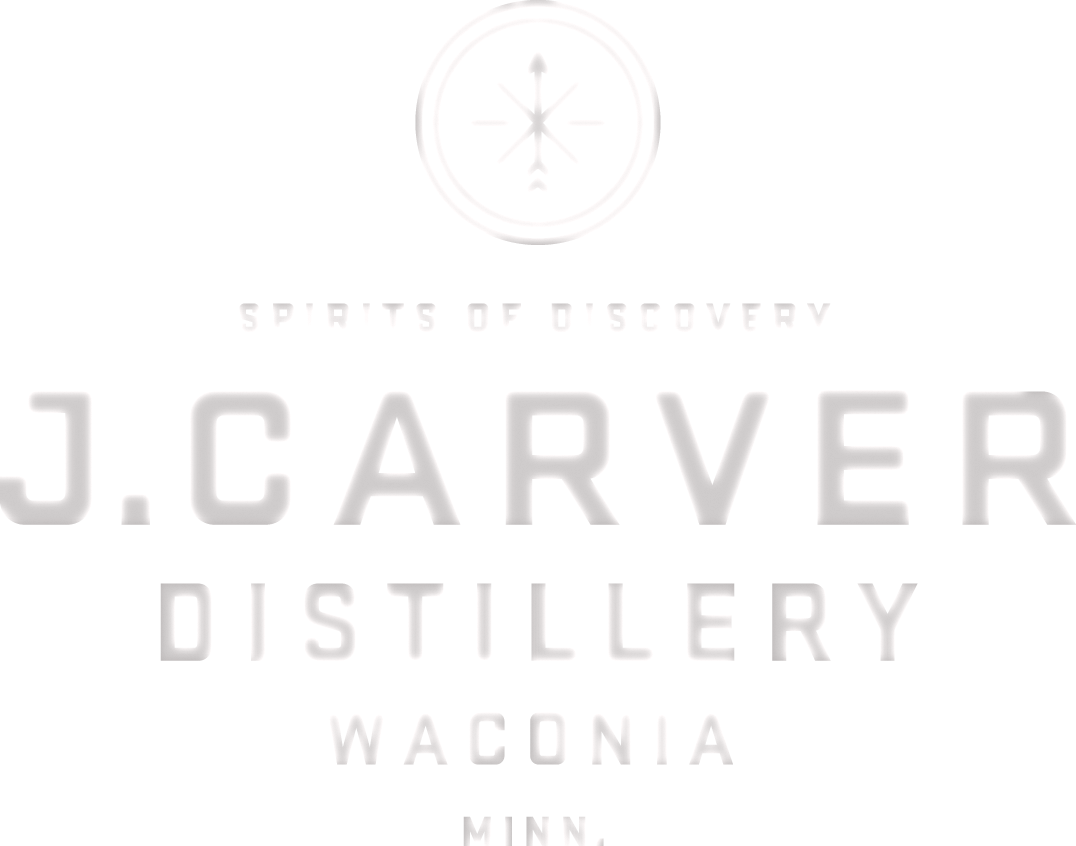Spirits Close-Up: Barrel Gin
September 24, 2018 by John Garland
Spirits Close-Up: Barrel Gin
The walls are crumbling. The boundless creativity of the craft movement has ensured that spirits are becoming less and less boxed into the stylistic traditions that once defined them.
On our shelves now, we’re treated to products like “aged vodka,” and beer-barrel-aged whiskey, and gins with every botanical under the sun. Spirits are being blended with new precision, aged with radical techniques, flavored by infusions or extractions, and finished in flavored casks. Everything old is new again.
No spirit blurs the old lines quite like barrel gin. It begins with a spirit—gin—known for its crisp botanical array and for the lithe and sprightly way it shows the woodsy tang of juniper berries. Then, that spirit is rested briefly in oak barrels—not for as long as whiskey, maybe just a few weeks or months—a process known to diffuse the aromatics of a spirit and replace them with an all-consuming base note of vanilla and toast and tannin.
But why take perfectly good gin and make it an herbal half-whiskey? As a lover of traditional London Dry-style gins, it’s taken me awhile to come around, but I think I have an answer: It’s all about the bass.
Gin is usually all about the top notes: citrus, herbs, spices, and flowers, the delicate flavors that dance on the forefront of a cocktail. That’s the reason gin drinks are more refreshing than substantial. If you don’t want gin-drinking season to peter out after Labor Day, a barrel gin is a superior mixer. That touch of oak gives it the ability to incorporate deeper, richer flavors, and makes gin drinks taste hardy and autumnal.
I think it’s a mistake to mix barrel gin like a whiskey. (Don’t be fooled by the color: it’s still gin, and I will never come around on the idea of a gin old fashioned.) Instead, I’ll use it to add some muscle to a Tom Collins, or unexpected depth to a Bee’s Knees. It makes the most soulful Negroni you’ve ever had.
Locally, I’m partial to J. Carver’s Barrel Gin. Nationally, St. George Spirits makes a beautiful rested gin with rye. For a gin with even more malt and oak character, find a traditional Dutch genever.


